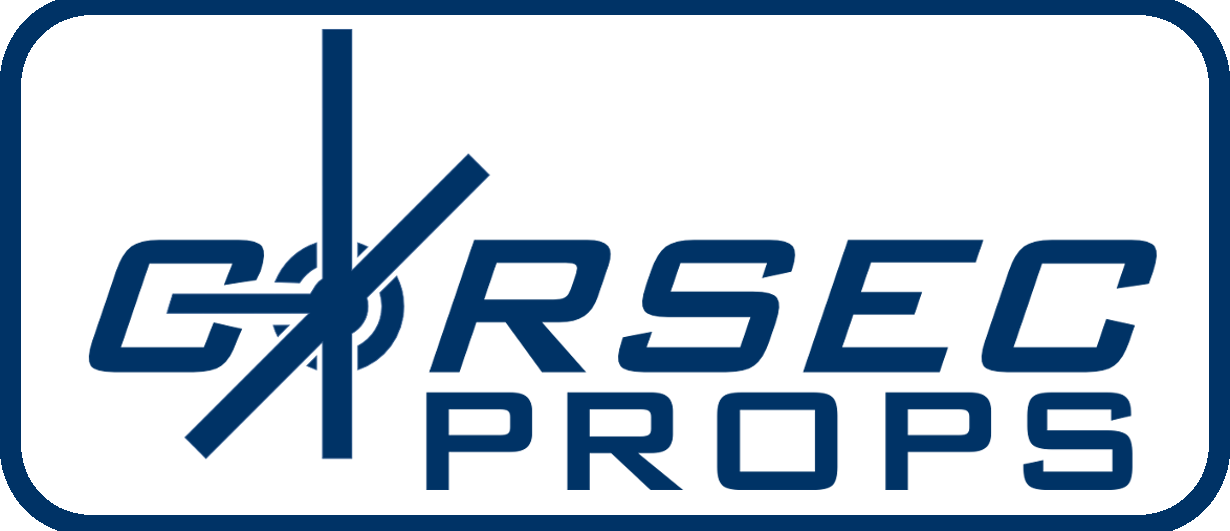Designing props and armor for the human body
Often I have to produce a design that has no specific client or needs to be generic. This can be rough because humans come in lots of sizes and shapes. If the project has a client then its best to focus on their measurements for a good fit. Mass production and generalizations help drop costs but you lose that perfect fit.
Finding the Average
I do tend to build a lot of elements for female characters and have found that my designs tend to be too large by roughly 15-20%. I’m familiar with my hands. They are kinda attached after all. I am working to correct that but it can be hard to grasp the size and shape of someone else without specific data. So we turn to Anthropometry for the answer. Big word I know but it basically means human measurements. This data is generally used by engineers, industrial designers, and ergonomics experts to determine things like desk or rail height. How big your computer mouse is or the size and shape of items we interact with on a daily basis. We can also use this data to help get an idea of the average size of various parts of a human. We can get some of this data from the CDC. They don’t just fend off zombie viruses all day but also collect a lot of useful data on us humans. Here is a great PDF that breaks down a lot of different human measurements by age and gender. I also found the following image to be very handy for helmets, hair accessories, and other elements. It can be found on wikipedia.
Using the Data
This is a LOT of data to sort through but we really only care about a few things. The 50th percentile is the median or average of all the data. So this will hit the widest range of people and still work for your design. We can also separate male and female measurements to tailor our design to fit the target audience. In cosplay, there is a fair bit of crossplay and gender bending so you may need to adjust your design or provide a different size option. You can always look back at the data and scale the design if needed for a custom print or build. It also helps to provide clear measurements for the pieces you design so the customer can judge for themselves if its a good fit or not..
Hopefully that helps you find the starting point for your next design project or build. It is certainly giving me a lot more data to work with for my own design work.
